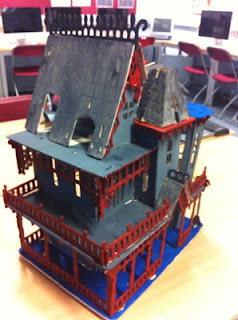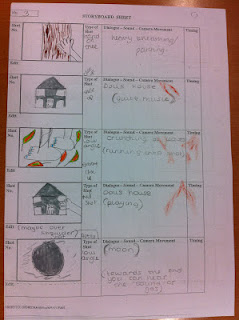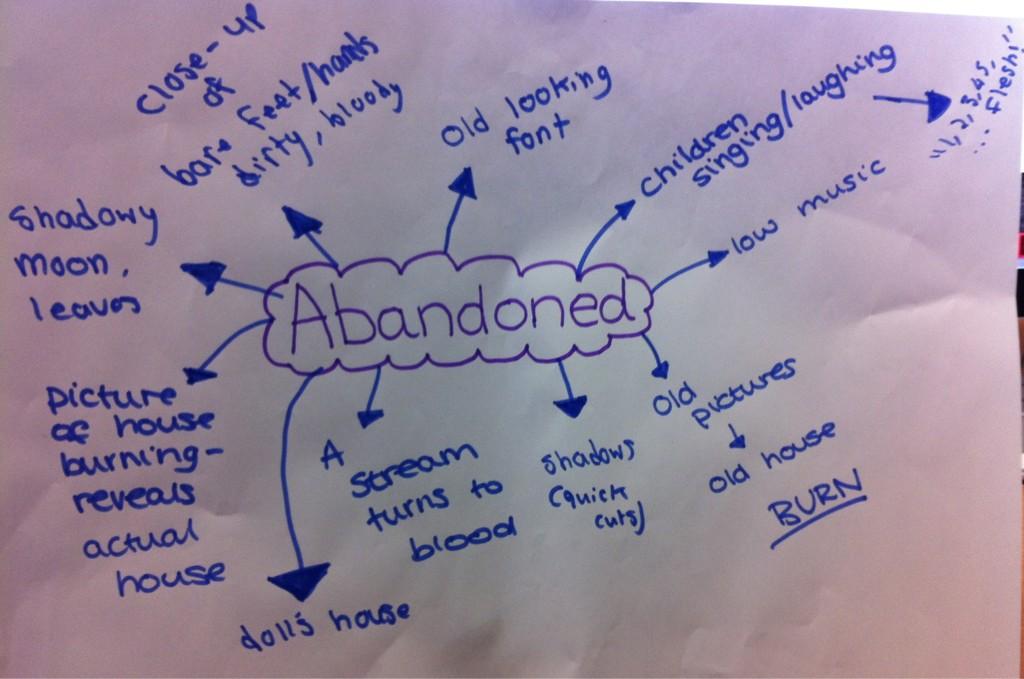Saul Bass was a graphic designer and filmmaker, perhaps best known for
his design of film posters and motion picture title sequences. Saul Bass collaborated with Alfred
Hitchcock, Otto Preminger and Martin Scorsese. He became well known after
creating the title sequence for Otto Preminger's The Man with the Golden
Arm (1955). For Alfred Hitchcock, Bass provided effective, memorable
title sequences, inventing a new type of kinetic typography. Bass
once described his main goal for his title sequences as being to ‘’try to reach
for a simple, visual phrase that tells you what the picture is all about and
evokes the essence of the story.
He designed title sequences for more than 40 years, and
employed diverse film making techniques, from cut out animation for Anatomy of a Murder (1958),
to fully animated mini-movies such as the epilogue for Around the World
in 80 Days (1956), and live action sequences. Best known for his simple, geometric shapes and their symbolism, he studied at the art students legue in manhattan. Bass's posters had an uncanny ability, all hos work was often hand written they are always packed with a sophisticated message.
(Research on his life)
·
1920 Saul Bass is born in the Bronx district of New
York
·
1936 Wins a scholarship to study at the Art Students' League in Manhattan
·
1938 Employed as an assistant in the art department of the New York office of
Warner Bros
·
1944 Joins the Blaine Thompson Company, an advertising agency, and enrolls at
Brooklyn College, where he is taught by the émigré Hungarian designer and
design theorist Gyorgy Kepes
·
1946 Moves to Los Angeles to work as an art director at the advertising agency,
Buchanan and Company
·
1952 Opens his own studio, named Saul Bass & Associates in 1955
·
1954 Designs his first title sequence for Otto Preminger’s Carmen Jones
·
1955 Creates titles for Robert Aldrich’s The Big Knife and Billy Wilder’s The
Seven Year Itch. The animated sequence he devises for Preminger’s The Man with
a Golden Arm causes a sensation
·
1956 Elaine Makatura joins the studio as an assistant
·
1957 Devises titles for Michael Anderson’s Around The World in 80 Days and
Preminger’s Bonjour Tristesse
·
1958 Forges a new collaboration with Alfred Hitchcock by designing the titles
for Vertigo. Works with the architects Buff, Straub & Hensman on the design
of his home, Case Study House #20 in Altadena
·
1959 Creates the title sequences for Hitchcock’s North by Northwest and
Preminger’s Anatomy of a Murder
·
1960 First title commission for Stanley Kubrick, Spartacus, and the last for
Hitchcock, Psycho
·
1962 Devises titles for Edward Dmytryk’s Walk on the Wild Side and directs
his first short film, Apples and Oranges. Marries Elaine Makatura
·
1963 Stanley Kramer commissions Bass to create titles for It’s A Mad, Mad,
Mad, Mad World
·
1966 Directs the racing sequences and devises the titles for John
Frankenheimer’s Grand Prix
·
1968 Wins an Oscar for the short film Why Man Creates and develops a
corporate identity programme for the Bell System telephone company. Creates an
installation for the Milan Triennale, which is cancelled after a student
occupation
·
1973 Designs the corporate identity of United Airlines
·
1974 Directs his first feature film Phase IV
·
1980 Designs the poster for Stanley Kubrick’s The Shining and devises the
corporate identity of the Minolta camera company
·
1984 Creates a poster for the Los Angeles Olympic Games
·
1987 James L. Brooks persuades Bass to return to title design by creating the
opening sequence of Broadcast News
·
1990 Begins a long collaboration with Martin Scorsese by creating the titles
for GoodFellas
·
1991 Devises the titles for Scorsese’s Cape Fear and a poster for the 63rd
Academy Awards. Bass designs the Academy Awards poster for the next five years.
·
1993 Creates the title sequence for Scorsese’s The Age of Innocence and a
poster for Steven Spielberg’s Schindler’s List
·
1995 Designs titles for Scorsese’s Casino
·
1996 Saul Bass dies in Los Angeles of non-Hodgkins lymphoma









